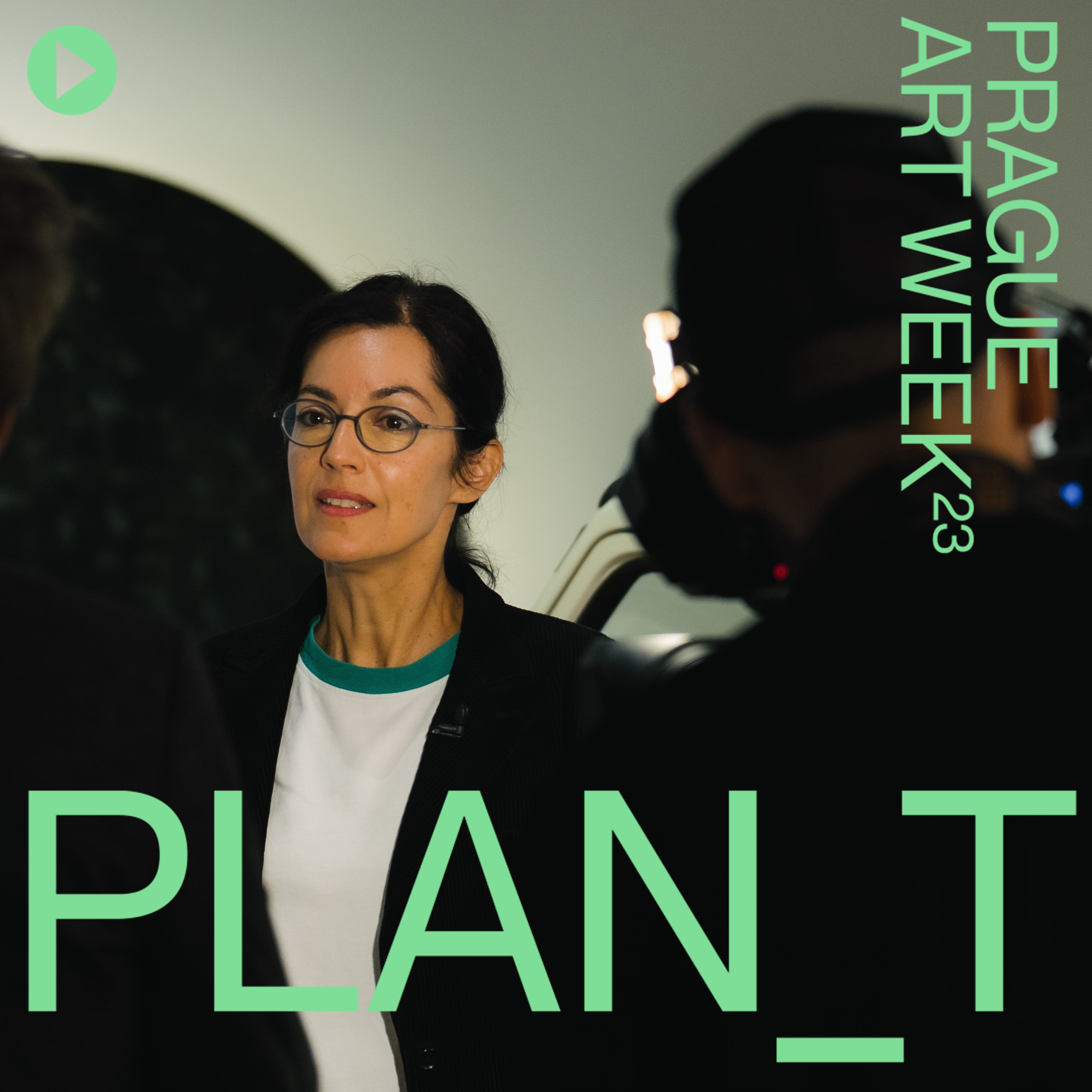Kunsthalle Prague has been open for a year and a half, and during this time the institution has reflected many themes in its exhibitions. “Our first major exhibition explored the development of electricity and the way it has transformed artistic creation. This raises a lot of questions about the impact of technology on the art world. That was a big theme to start with, which we then followed up with the theme of collecting. We started a series called “Ways of collecting” through which we always follow one collection and its story. In this way we want to highlight how diverse collecting is. But we have also explored the natural world through an audiovisual project presented through the Signal Festival, as well as the architecture of the past through a site-specific installation, the relationship with analogue media and currently we are exploring the bohemian lifestyle – there are many topics that we are presenting to the audience,” says Christelle Havranek, describing the exhibition concept of Kunsthalle Praha.
The core of Kunsthalle Prague’s programme is the connection between the local and international scene. This is done through various approaches, such as group exhibitions, which bring a broader context to the audience, or by inviting guest curators who prepare an exhibition as a dialogue between Czech and international artists. The Kunsthalle’s role as a large institution stems from its desire to break through in the local and international environment. “Our functioning is a dialogue between what is happening outside the Czech Republic and inside. Making a Czech artist visible in an international context is a way of highlighting the reach of the artist and vice versa – foreign artists exhibited here can realise the analogy across the context of the country. This is the connection we are most interested in,” says Christelle Havranek. The concept of the exhibition Bohemia: the story of a phenomenon, which is on display at Kunsthalle Prague until 16 October 2023, is based on the inclusion of foreign artists in the Czech context.
According to Christelle Havranek, artists in the Czech Republic are dealing with similar issues to those being dealt with elsewhere in the world. The form differs, however, because of economic possibilities, but also because the experience of the post-communist world is different from the long-standing capitalist one. This past is reflected, for example, in relation to the climate crisis or the issue of a patriarchal world. For Christelle, it is professionally interesting to be in between these two societies, which allows her to perceive, for example, the difference between being a feminist in France and in the Czech Republic.
For the future of art, Christelle Havranek hopes for the acceptance of non-human intelligence. “In art, we could then see a different way of perceiving than the human one, in response to new technologies and artificial intelligence. The forthcoming exhibition Elmgreen & Dragset: READ will precisely reflect a possible future influenced by new technologies. It will reflect on books as a segment of civilisation threatened by digitalisation. Elmgreen & Dragset, artists from Scandinavia living in Berlin, will create a library space for Prague in which they will confront literature, art and the question of our relationship to physical books in the age of digitalization,” says Christelle Havranek. The Kunsthalle Prague will open the exhibition in November this year.
